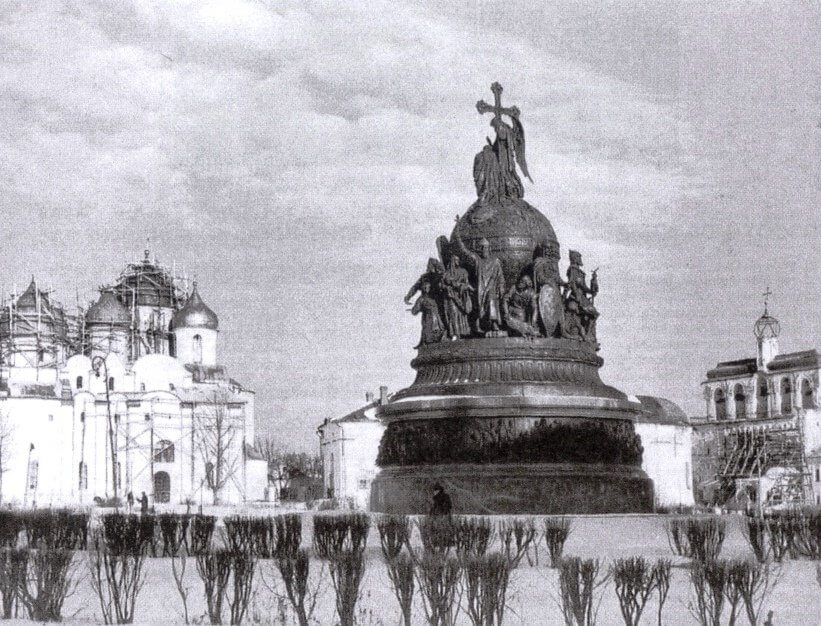From "Refuge of Delusion" to National Treasure: the Patriotic Reconstruction of Church Heritage in the Liberated Russian Regions, 1945-1965
Dr Victoria Donovan
University of St AndrewsSeptember 2, 2016 / 3.30 pm
Center for Urban History, Lviv
Most of us think we know how the Soviets felt about churches. Their anti-religious propaganda, which included desecrating relics and dynamiting cathedrals, seemed to make their feelings on the subject quite clear. So why did the Communist Party start rebuilding churches in the late-1940s and ‘50s? And why were these "refuges of delusion" celebrated as national treasures and marketed to Soviet citizens as tourist attractions? In this paper, Victoria Donovan examines the USSR’s complex and contradictory relationship with its religious heritage after the Second World War. She asks how the experience of Nazi occupation affected Soviet attitudes to church architecture as the government attempted to boost patriotism and solidarity in the post-war Soviet state. Why did a notoriously atheist regime spend thousands on the reconstruction of war-damaged churches, belfries, and iconostases? And how did they justify this activity to a population that had long been warned of the pernicious influence of churches and their putrid contents? The paper considers the role of architectural restorers in the regions as an emergent lobby for cultural preservation. It reveals the antagonisms and tensions that emerged between regional and central elites during the post-war struggle over the meaning of Russian heritage.
Dr Victoria Donovan
is a Lecturer in Russian at the University of St Andrews and a BBC/AHRC New Generation Thinker for 2016-2017.Her research focuses on Russian history and culture, with an emphasis on local identities, heritage politics, and the cultural memory of the Soviet past in twenty-first century Russia.
Credits
Сover Image: monument "Millennium of Russia", 1947. Novgorod
